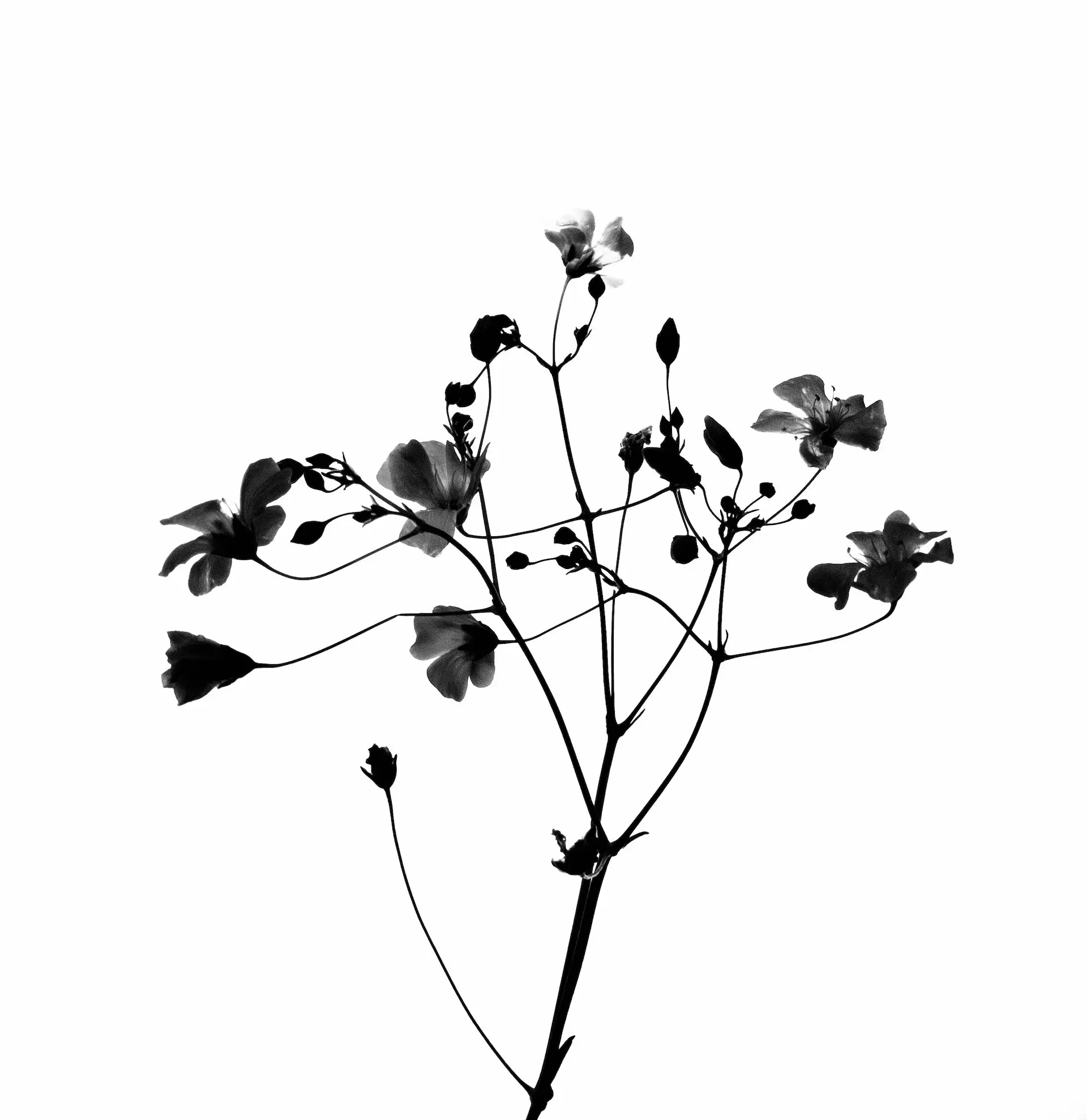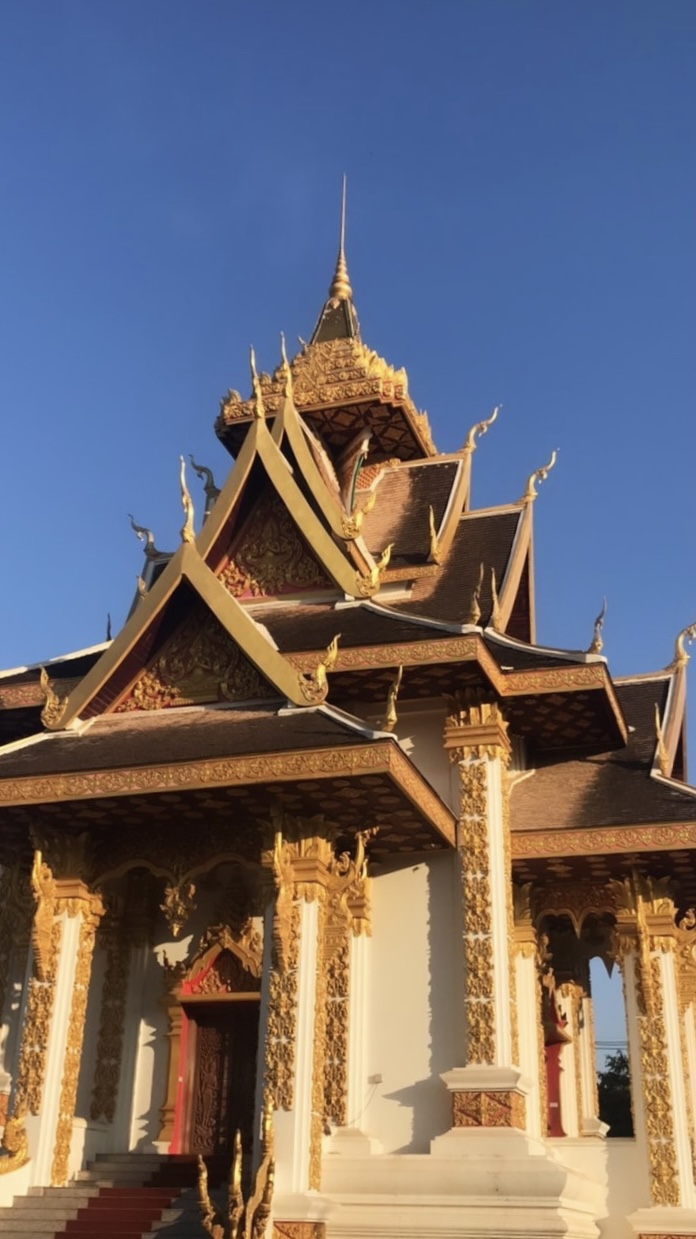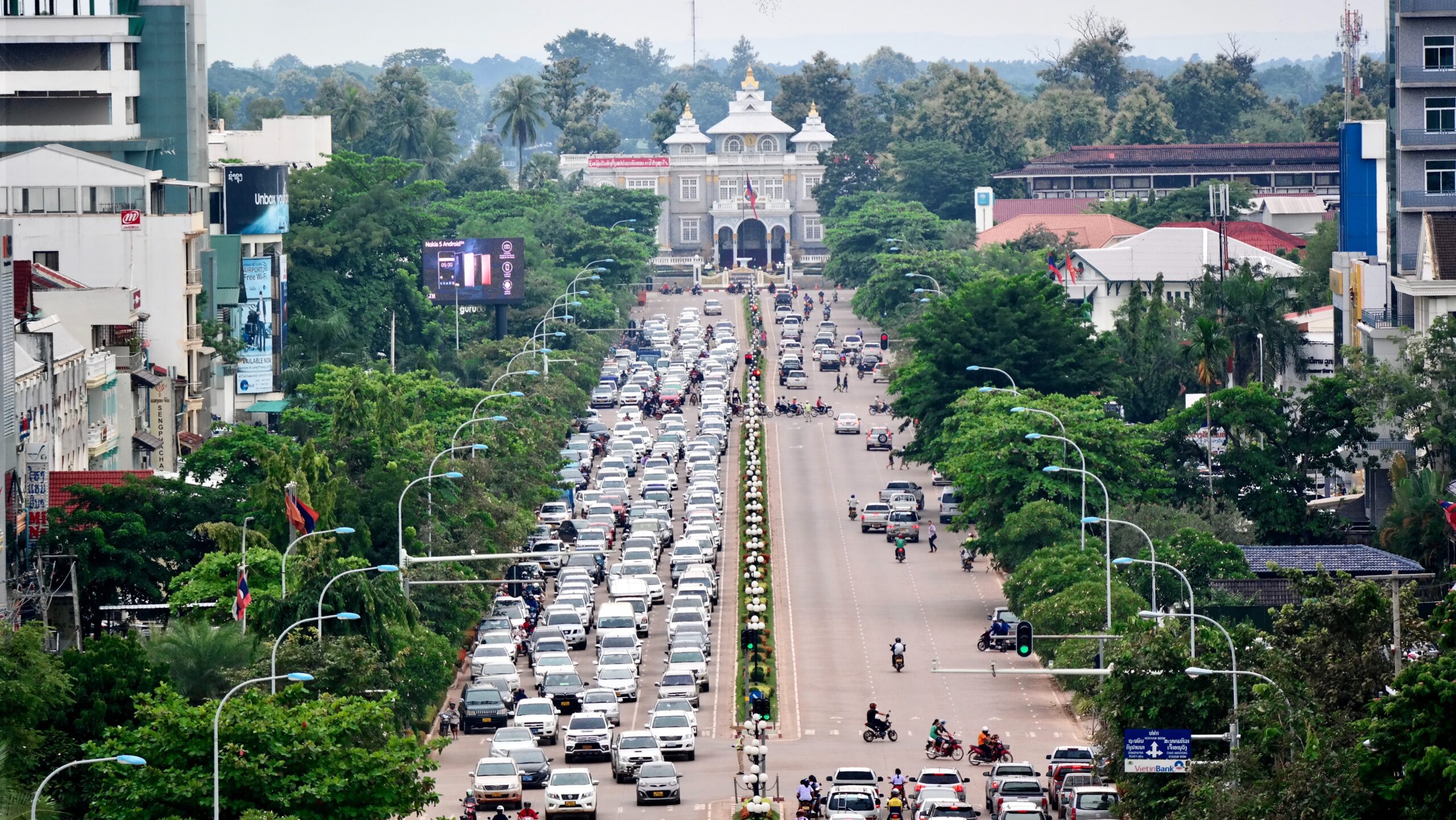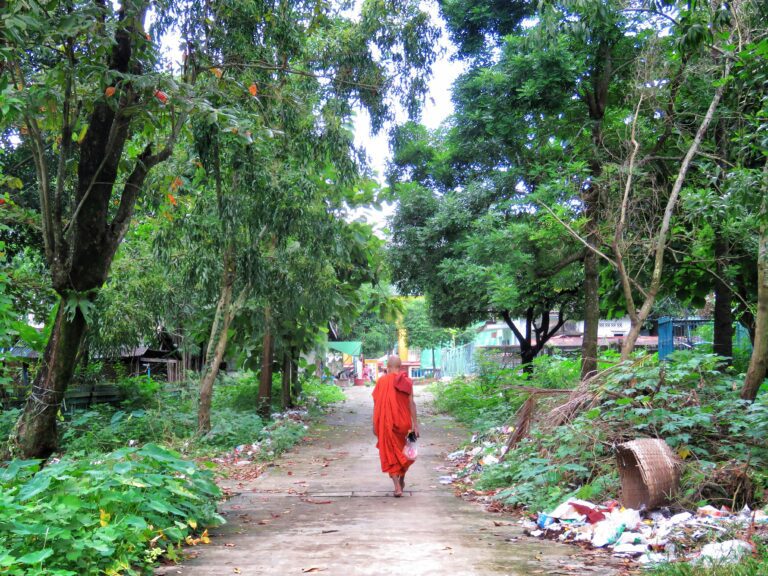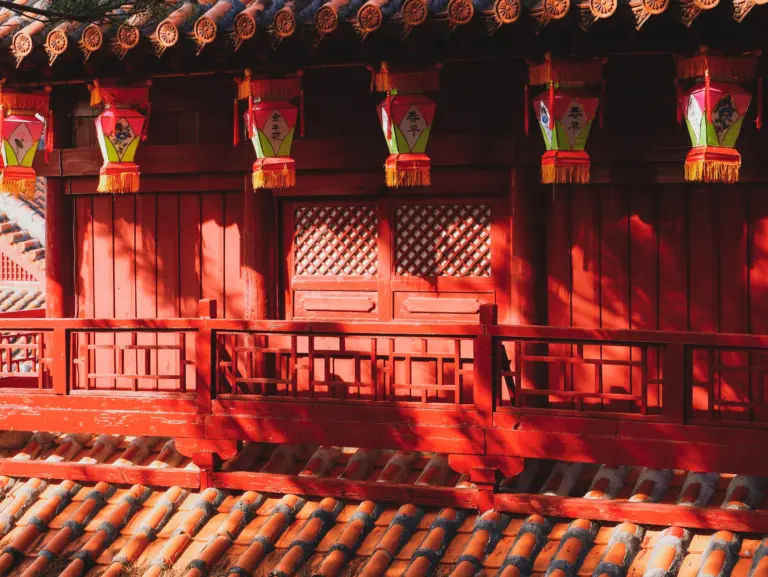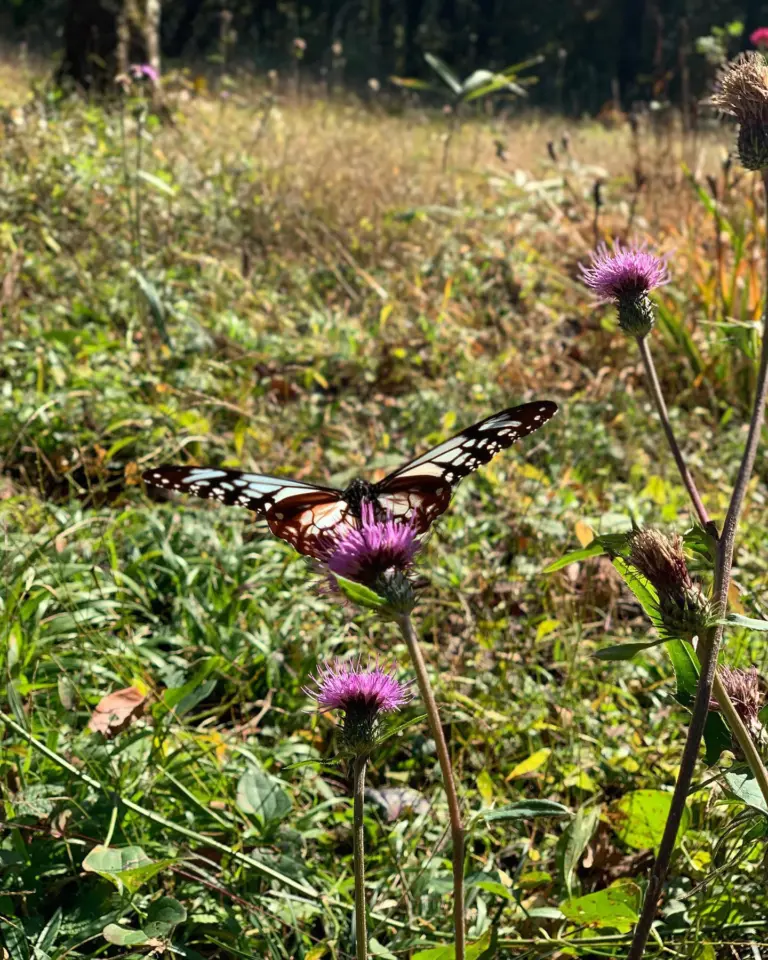Tucked away in Kanagawa Prefecture, beyond the urban allure of Yokohama and the coastal charm of the Miura Peninsula, lies Hakone — a mountainous region of unparalleled natural beauty.
You can do a diverse range of activites in Hakone, from sailing across Lake Ashinoko to admiring the volcanic activites at Owakudani. There are art museums, hot springs, yet there is also history, culture, and spirituality.
Easily done as a day trip from Tokyo, but having an additional day makes for the perfect weekend getaway based from our own experience.
Well enough dilly-dallying, let’s dive in to discover all the amazing things Hakone has to offer!
Table of Contents
Toggle
History of Hakone
Hakone traces its roots to the Jomon period (14,000 BC to 300 BC), suggested by archeological findings that denote the presence of early hunter-gatherer communities.
However, the spiritual heartbeat of Hakone was truly established in the 8th century with the founding of the Hakone Shrine.
Overlooking the tranquil Lake Ashinoko, this sacred spot has, for centuries, been a place of pilgrimage. It houses the guardian deity of Hakone, Kuzuryu.
Hakone’s prominence surged during the Edo period (1603-1868).
With the Tokaido road, one of the pivotal routes connecting Edo (today’s Tokyo) to the ancient capital of Kyoto, passing through its landscapes, the region became a strategic checkpoint.
Which is why the Hakone Checkpoint, is one of the must-visit historical places in the area, you’ll learn more about it further below.
Yet, amidst the political maneuvers, nature had its own gift for Hakone: hot springs.
Owing to its volcanic geography, the region is dotted with these natural springs, which, since the 12th century, have been celebrated for their healing and therapeutic properties.
Samurai, nobles, and commoners alike sought rejuvenation in these warm waters, a tradition that continues to this day.
The Hakone Free Pass
The Hakone Freepass is an economical ticket offering unlimited rides within the Hakone area. I highly recommend getting it as this pass allows you to explore all the major attractions of Hakone with ease. We also used this and it was really convenient to get around the area. You can learn more about it on their official website.
I’ll also give you the general breakdown:
-
Validity: The Freepass is available in 2-day and 3-day versions.
-
Cost:
- 2 days: Adults – 6,100 yen (from Shinjuku), Children – 1,100 yen
- 3 days: Adults – 6,500 yen (from Shinjuku), Children – 1,350 yen
- Note: Prices vary based on the departure station on the Odakyu Line.
- Note: Prices vary based on the departure station on the Odakyu Line.
-
Where to Buy: You can purchase the Hakone Freepass online, at Odakyu Sightseeing Service Centers, and at ticket vending machines. The ticket can also be bought from Odawara Station.
-
Transport Covered: The pass provides unlimited access to 8 transportation networks in Hakone, including:
- Hakone Tozan Train
- Hakone Tozan Cable Car
- Hakone Ropeway
- Hakone Sightseeing Cruise
- Hakone Tozan Bus (designated areas)
- Odakyu Highway Bus (designated areas)
- Tokai Bus (designated areas)
- Kanko Shisetsu-Meguri Bus
-
Additional Perks: The Freepass also offers special discounts at about 70 locations in Hakone, such as hot spring facilities, attractions, and other establishments.
-
Important Notes:
- Only one round-trip between the departure station and Odawara Station on the Odakyu Line is permitted.
- The Freepass is not valid for any transportation outside the listed ones.
- An extra fare is charged for boarding or riding a bus outside the designated area.
- To use the Romancecar, an additional limited express ticket is required.
- There’s also the Hakone-Kamakura Pass if you’re planning on visiting Kamakura.
-
Savings: When purchased from Shinjuku, the Hakone Freepass offers a saving of 1,160 yen for adults and 1,730 yen for children compared to regular fares.
Best Places to Visit in Hakone

1. Hakone Open-Air Museum
The Hakone Open-Air Museum holds the distinction of being Japan’s first open-air museum. Established in 1969, it stretches across a sprawling 70,000 sq m (75,000 sq ft).
The museum’s setting allows you to appreciate world-class sculptures amidst the natural beauty of Hakone’s mountains.
With a collection that includes over 120 sculptures, it boasts works from esteemed artists like Henry Moore, Joan Miro, and Niki de Saint Phalle. One of my favorites is the La Pleureuse (the featured image of this blog post), which is what attracted me to the museum in the first place!
A standout feature of the museum is the Picasso Pavilion. This space is dedicated entirely to Pablo Picasso and houses an impressive array of over 300 of his works, ranging from sculptures and ceramics to textiles.
Another highlight is the Symphonic Sculpture, a multi-tiered glass tower. You can ascend this structure, taking in panoramic views of both the museum’s grounds and the surrounding landscape of Hakone.
Cost: 1,600 JPY
2. Hakone Checkpoint
Along the historic Tokaido Road stands the Hakone Checkpoint (Hakone Sekisho), a stark reminder of Japan’s Edo period, when travel was strictly regulated by the shogunate.
This checkpoint was primarily established to control the flow of people and weapons to and from Edo.
During the Edo period, the Tokaido Road was one of the main routes connecting Edo with Kyoto. The Hakone Checkpoint was one of the most important barriers along this path.
Its primary objective was to prevent any potential enemies or unauthorized weapons from reaching Edo, and it was also used to monitor the movement of women, ensuring they didn’t escape from the capital as hostages to ensure the loyalty of their samurai relatives.
Today, the reconstructed checkpoint stands as a museum, offering a glimpse into the system of a bygone era.
Cost: Free

3. Hakone Shrine
Set against dense cedar forests and the calm waters of Lake Ashinoko, with Mt. Fuji occasionally peeking in the distance on clear days, the shrine has been a spot of tranquility for over 1,200 years.
Nowadays, you’ll find that it can get very crowded with tourists partly because of how picturesque it is.
A prominent feature of the Hakone Shrine is its large red “floating” torii gate, positioned at the water’s edge. This gate is a tourist magnet so I suggest going earlier than usual to avoid long lines to get your photograph stress-free.
Further into the shrine, up a series of stone steps, is the main hall built in traditional Japanese architectural fashion.
Wandering the pathways shaded by tall cedar trees is a great way to take in the serene ambiance especially in the early morning hours.
Easily reachable from Hakone-Yumoto Station, the shrine is a common stop for those touring Lake Ashinoko.
Cost: Free

4. Sengokuhara Pampas Grass Field
Sengokuhara Pampas Grass Field is one of Hakone’s ethereal landscapes, which is a must-visit if you’re there during the autumn months.
Right on the Sengokuhara Plateau, this vast expanse of pampas grass fields offers a breathtaking sight, especially when the grass turns a golden hue under the autumn sun.
Historically, the Sengokuhara area was submerged underwater, being part of Lake Ashi. Over time, as the water receded, it left behind a wetland.
Now, you’ll find that it’s dominated by the tall, swaying pampas grass, known as “susuki” in Japanese.
From late September to November, the fields transition from green to gold, creating an almost dreamlike atmosphere.
Though my friend says it’s quite common in other countries such as the US, I found the sight of sunlight filtering through the golden blades of grass to be exceptionally beautiful!
Cost: Free

5. Owakudani Valley
Originating from a volcanic eruption around 3,000 years ago, Owakudani, often referred to as the “Great Boiling Valley”, is a volcanic valley with a rugged and sulfuric expanse, punctuated by steaming vents and bubbling geothermal springs. It’s quite similar to Hokkaido’s Noboribetsu except Owakudani is set atop giant mountains.
A signature experience in Owakudani is trying the black eggs. These eggs are boiled in the naturally hot waters of the valley, with their shells turning black due to the sulfur. They say that eating one egg can extend your life by seven years!
On clear days, you can see stunning vistas of Mt. Fuji against the backdrop of steaming vents and sulfurous streams. The landscape is also plastered with amazing colors of yellow and white from all the sulfur, it’s one of the main highlights of Hakone, if I do say so myself.
Cost: Free
Hidden Gems in Hakone
6. Hakone Gora Park
Hakone Gora Park is a Western-style landscaped park that we accidentally stumbled across while walking around town.
Established in 1914, it’s the oldest park in Hakone and spreads over a whopping 40,000 sq m (43,000 sq ft).
The park is known for its beautifully manicured French and Italian gardens, filled with vibrant flowers and the beautiful central fountain that’s set against the backdrop of Hakone’s mountain range. It’s a perfect place to sit down and relax to enjoy the view.
There are a few tropical botanical garden, housed in a large greenhouses around the area that you can access for free.
Cost: Free

7. Odawara Castle
While not technically in Hakone, it’s on the way if you’re coming from Tokyo. We dropped by here first before heading to Hakone and it’s a pretty great deal to see a feudal castle!
It’s quite beautiful on the outside, though the interior museum is a bit cramped. Still, it’s quite a fascinating place to see.
Odawara Castle was constructed in the 15th century, serving as a vital stronghold for the Hojo clan during the Sengoku period.
While the present main keep is a reconstruction from the 1960s, its design remains faithful to traditional architectural styles.
Cost: 410 JPY to enter
8. Hakone Detached Palace
The Hakone Detached Palace was formerly an imperial residence that later transformed into a park.
Originally built as a vacation home for the Imperial Family in the late 19th century, the palace grounds boast Japanese-style gardens.
While the original buildings of the Hakone Detached Palace no longer remain, the guest house and a tea house have been preserved.
The guest house, in particular, offers a glimpse into the Western architectural influences of the period, combined with traditional Japanese elements.
Cost: Free

Where to Stay in Hakone
Being a hotspring resort, Hakone is home to plenty of fine hotels and ryokans that bring you up close and personal with pristine nature. Here are some of my recommendations:
Best Hotels in Hakone:
- Hakone Yutowa – offers lodging accompanied by amenities such as a restaurant, complimentary private parking, a shared lounge, and a terrace. Also boasts a hot spring bath, free WiFi access, and round-the-clock front desk service. Additionally, you are treated to a buffet breakfast every morning and can access complimentary beverages in the lounge any time of the day.
- Rohen Resort & Lounge Hakone – complete with a shared lounge, restaurant, and bar. Offers family rooms, complimentary WiFi, and facilities for storing luggage. All rooms come with air conditioning and furnished with bed linen and towels.
- Hakone Lake Hotel – renovated in March 2014, offers stylish rooms with amenities such as a 40-inch flat-screen TV, fridge, and an electric kettle with tea bags. The hotel also has natural hot spring baths and captivating seasonal views. Those opting for dinner-inclusive rates can savor a mix of Japanese and Western cuisine for dinner, while a breakfast buffet is served daily.
Best Hostels in Hakone:
- K’s House Hostels – offers you the luxury of an open-air hot-spring bath, coupled with free WiFi throughout its premises. The property boasts a shared kitchen for your convenience, as well as a terrace that offers picturesque mountain views.You can enjoy communal spaces such as a lounge and patio, ideal for relaxation.
- Root Hakone – Root Hakone, while still fairly new, makes up for it through amenities such as free bicycles, private parking, a restaurant, and a bar. The hostel also has a snack bar where you can enjoy a drink. The rooms, equipped with shared bathrooms that include a bidet and hairdryer and of course, free WiFi. The hostel’s bilingual staff, fluent in English and Japanese, are available at the reception to offer advice about the locale.
- Hakone Hostel 1914 – An oldie but a goodie, comes with a shared bathroom and complimentary WiFi access and traditional Japanese rooms. Solo travelers have expressed high satisfaction with it.
Top Things to Do in Hakone
9. Rejuvenate at an Onsen
We were able two of the onsens in Hakone while we were there. The first one was Hakone Yuryo which allow daytrippers a dip into their amazing pools.
The second one was recommended to me by our Couchsurfing host which was Tenzan Onsen and I must say, it was absolutely delightful.
Unlike conventional hot springs, Tenzan Onsen provides a plethora of bathing options. There are indoor baths crafted with meticulous attention to detail. Then there are the open-air baths, or “rotenburo,” where you can immerse themselves in the warm embrace of the water while being surrounded by nature.
The sensation of soaking in the steaming water while cool breezes brush past, with the murmur of trees and the chirp of birds as the only background sounds, is nothing short of ethereal.
It’s quite popular but even then, it’s quite an intimate experience.
If you’re seeking something even more unique, Tenzan Onsen’s cave baths offer a surreal experience. Carved within rocky alcoves, these baths have an almost primeval feel, not to mention the sauna and the cold baths.
In other words, Tenzan Onsen’s got everything you need for a perfect night of relaxation!
Cost: 1200 JPY

10. Ride the Hakone Ropeway
Linking between Sounzan and Togendai, Hakone Ropeway provides a bird’s-eye view of the geothermal wonders of the Owakudani Valley, the lush green forests, and the expansive Lake Ashinoko, with the magnificent Mt. Fuji (and honestly, you can never get tired of seeing Japan’s iconic mountain.)
The cabins of the Hakone Ropeway are spacious and equipped with large windows and we were able to get an unobstructed view of the scenery on pretty much every side.
Cost: Covered by the Hakone Freepass
11. Boil a Black Egg at Owakudani
Let’s go back to Owakudani for a moment, because boiling black eggs is still one of the most unique things to do in Hakone.
Boiling eggs in the naturally hot sulfur springs of Owakudani transforms their shells into a jet-black color due to the sulfur and iron in the water reacting with the eggshells. Hence, they have the name “kuro tamago” which literally translates to “black egg.”
Once peeled, the eggs reveal a typical egg white and yolk inside which is quite disappointing to be honest.
Cost: 500 JPY

12. Take the Hakone Tozan Railway
The Hakone Tozan Railway offers one of the most scenic train journeys in Japan.
Traversing the mountainous region of Hakone, it holds the title of being the country’s oldest mountain railway!
Starting from Odawara and culminating at Gora, the train gracefully winds its way up the steep mountain slopes, passing through narrow valleys, dense forests, and a series of tunnels.
As the train zigzags and switches back and forth on the tracks, you’ll be treated to ever-changing views.
While the journey from Odawara to Gora is relatively short, spanning just over an hour, it’s packed with visual delights.
And if you’re traveling during specific times of the year, themed trains, like the “Hydrangea Train” during June and July, make the journey even more memorable, as the train passes by fields blanketed with these vibrant flowers.
Cost: Covered by the Hakone Free Pass
13. Go Museum-Hopping
For some reason, Hakone’s art scene is absolutely thriving and there are numerous museums to check out. While the Open-Air Museum is one of the best places to check out, here are some other museums to quench that art-bug:
-
Pola Museum of Art: Home to an extensive collection spanning Impressionist paintings to modern Japanese artworks, housed within an architecturally stunning building.
-
Narukawa Art Museum: Specializes in nihonga (Japanese-style) paintings, and also provides panoramic views of Lake Ashinoko and Mount Fuji from its lounge.
-
Okada Museum of Art: A vast collection that encompasses Japanese, Korean, and Chinese artworks. Visitors can enjoy everything from ceramics to large-scale paintings.
-
Hakone Museum of Photography: Two floors dedicated to photographic arts, with works by prominent Japanese and international photographers.
-
Hakone Venetian Glass Museum: Celebrate the beauty of Venetian glass. From intricate vases to sparkling chandeliers, it’s a glittering world of craftsmanship.
-
Hakone Museum of Art: A serene spot focusing on ancient ceramics and pottery. Its traditional moss garden, changing with the seasons, is a highlight.

14. Cruise on Lake Ashinoko
Born out of a cataclysmic eruption around 3,000 years ago, today’s serene caldera lake starkly contrasts its fiery inception. Covering approximately 7.06 sq km (2.7 sq m) and plunging to depths of 43 m (141 ft), Lake Ashinoko’s expanse mirrors the skies.
Cruising across this lake is an immersive experience if you’ve ever seen Kawaguchiko or Sayama Lake, you know Japan’s lakes just have that magical touch. Starting from ports like Moto-Hakone or Hakone-machi, boat cruises sweep across the water, offering you vistas of the enclosing Hakone mountains.
A standout visual treat on these journeys is the striking red torii gate of the Hakone Shrine. If you have a really good camera, you can get both the shrine’s torii gate and Mt. Fuji in one shot!
Cost: Covered by the Hakone Free Pass
15. Get on the Hakone Komagatake Ropeway
The Hakone Komagatake Ropeway whisks you up to the peak of Mt. Komagatake in a journey filled with natural beauty.
As the region’s original ropeway, it offers a unique vantage point, distinct from the more frequented Hakone Ropeway.
Reaching the summit station, you’ll find yourself at an elevation of approximately 1,327 m (4,353 ft).
On the peak of Mount Komagatake stands the Hakone Mototsumiya Shrine, often considered a “boundary between heaven and earth.”
This ancient shrine, set amidst the clouds, is a tranquil “power spot,” as the Japanese call it.
Cost: 780 JPY
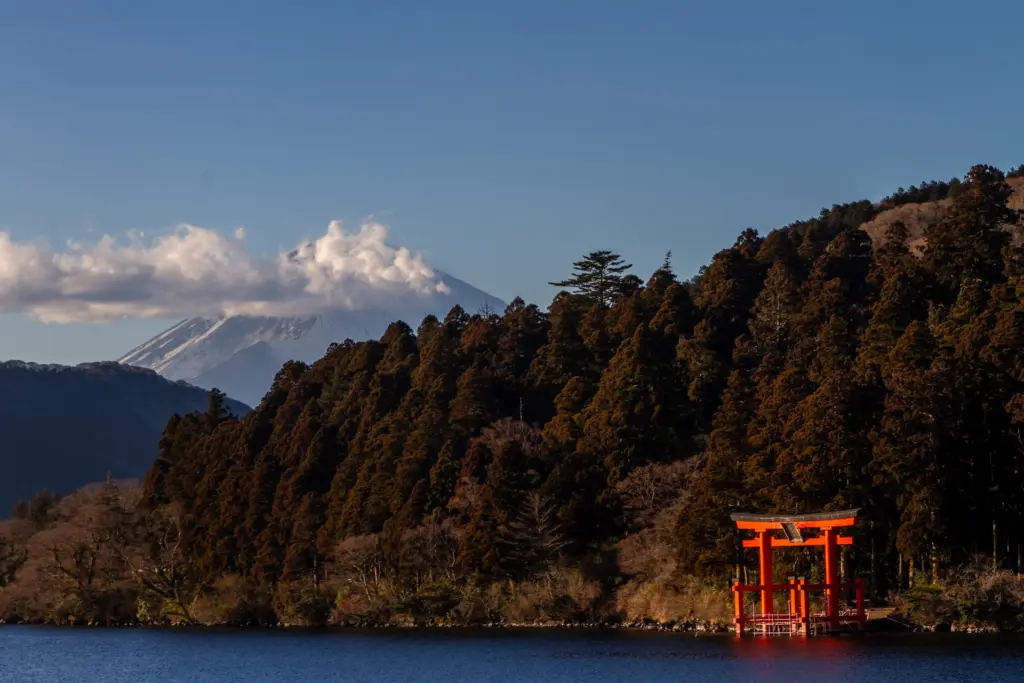
How to Get to Hakone
- By Odakyu Line:
Start your journey from Shinjuku Station in Tokyo. You’ll head to Hakone-Yumoto Station but will need to change trains at Odawara Station. The entire trip will take you about 2 hours. The “Hakone Freepass” covers this entire route. There’s also the “Romance Car” which requires an extra fee to ride. - By Shinkansen (Bullet Train):
Hop on the Shinkansen either from Tokyo or Shinagawa Station, and you’ll reach Odawara Station in approximately 30-40 minutes. Once you’re at Odawara, you can take the Hakone Tozan Train to reach Hakone-Yumoto Station. - By Tours:
For a hassle-free experience, there are tours that includes a visit to the famous sites around Hakone which you can join easily. There’s one that includes a bullet train back to Tokyo, and another tour without, which oddly enough doesn’t have much of a price difference considering the bullet train is much more expesive.
How to Get Around Hakone
Hakone is well-equipped with various means of transportation that cater to its topographical challenges. Here’s a guide on how to get around Hakone:
- Boat: Pirate-themed ships and modern sightseeing boats sail between Togendai and Hakone-machi or Moto-Hakone.
- Bus: The Hakone Tozan bus network covers areas not reached by the railway or cable car. Particularly useful for traveling around the western part of Hakone and reaching attractions like the Hakone Shrine and onsen resorts.
- Car: While Hakone is well-connected by public transportation, the convenience and intimacy of renting a car is a great way to explore the area.
- Hakone Tozan Train: This mountain railway connects Odawara to Gora. It’s famous for its switchbacks, where the train changes directions to climb steeper slopes.
- Hakone Ropeway: Connects Sounzan to Togendai, passing through Owakudani.

Best Time to Visit Hakone
Hakone is a delight to visit throughout the year, but some seasons might appeal more depending on your preferences:
1. Spring (March to May):
- Cherry Blossoms: Typically by mid-April, cherry blossoms paint the region in shades of pink and white. The sight of these flowers with the backdrop of the mountains and Lake Ashinoko is truly breathtaking.
- Weather: Mild temperatures make for comfortable sightseeing.
2. Summer (June to August):
- Greenery: Lush landscapes come alive during the summer months.
- Warm Weather: While it’s warmer, Hakone’s elevation keeps it cooler than Tokyo, making it a popular escape from the city heat. However, the early summer (June to mid-July) can be rainy due to the East Asian monsoon.
3. Autumn (September to November):
- Fall Foliage: Hakone is renowned for its autumn colors. The mountainsides adorned with hues of orange, red, and gold offer a picturesque setting.
- Cooler Temperatures: Crisp air and clear skies often make autumn a favorite amongst many, myself included.
4. Winter (December to February):
- Snowscapes: While heavy snowfall is uncommon, occasional snow does lend a serene beauty to the region.
- Onsens: The hot spring baths of Hakone feel even more inviting in the colder months.
While Hakone offers boundless beauty and adventures, it’s always wise to prepare for the unexpected. It’s always a good idea to get travel insurance if you’re coming to Japan from another country.
Plan Your Trip to Hakone | Best Travel Resources
Book Your Accommodations
- Booking.com – the world’s leading online booking platform for accomodations around the world, they have an extensive amount of available listings with zero booking fees and best price guarantees.
- Hostelworld – a backpacker’s best friend, Hostelworld has the largest collection of hostels and guesthouses for affordable prices.
Don’t Forget Insurance
- SafetyWing – from Nomad Insurance, an insurance by nomads for nomads. They understand our lifestyle well and have really comprehensive and flexible plans that cater to any traveler.
Find Cheap Flights
- Kiwi.com – my go-to for booking and finding the cheapest flights and it’s helped me save tons of money. They do virtual interlining which is connecting flights from airlines that do not codeshare, so you can find routes that you wouldn’t be able to find normally.
Join Tours & Activities
- GetYourGuide – is one of the best places to find unique tours and activities. I found that it’s an excellent way to meet fellow travelers and create fond memories. They are not only limited to tours as they also offer niche services such as skip-the-line tickets or private transfers.
Catch a Ride
- Rentalcars.com – nothing beats the freedom of the road, Rentalcars.com is the world’s largest online car rental service. They operate across 160 countries so they’re the perfect partner to work with if you find yourself wanting a ride.

